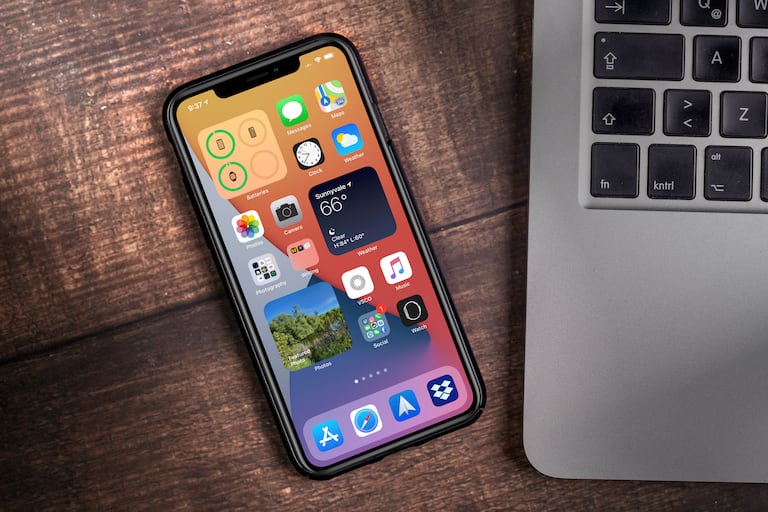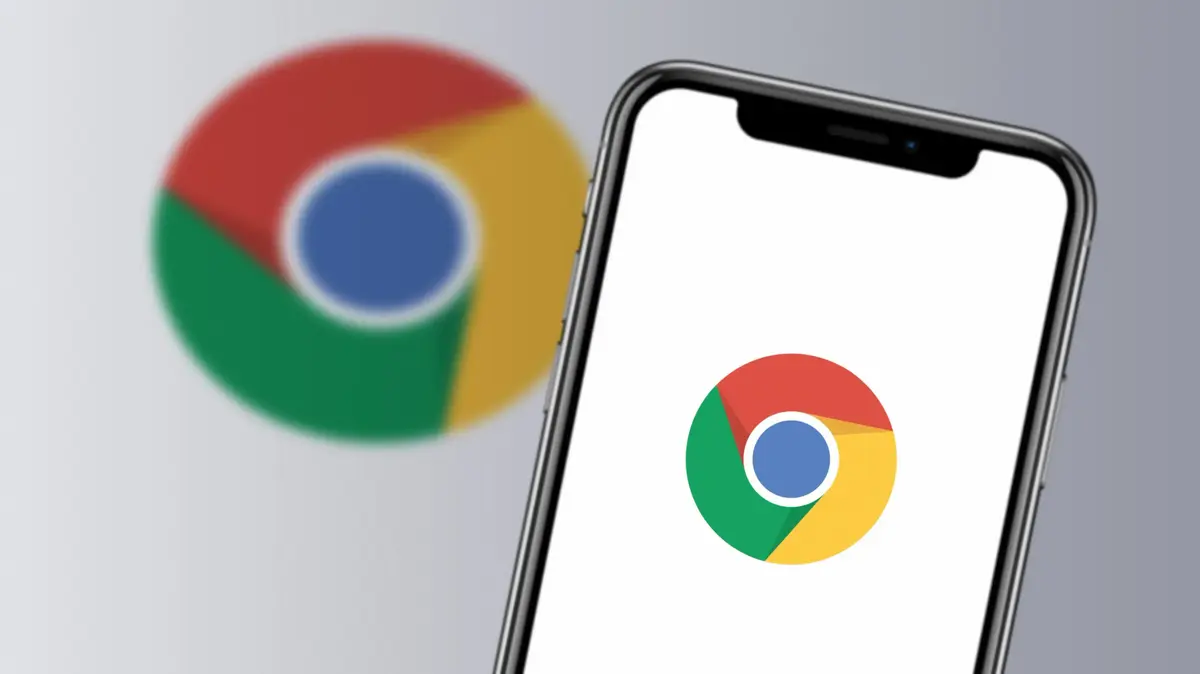Widgets on an iPhone with ios14Yalcin Sonat / Getty Images / iStockphoto
IPhone users have discovered
widgets
(micro-applications that are displayed on the screen) and a certain fever has been unleashed.
This function, which has come from the hand of the new operating system iOS 14, allows to equip the device with a series of
windows
or cards, with updates in real time, through which it is possible to know from the temperature to what foreseeable possible action we carry out thanks to the learning carried out by the algorithm.
The
widgets
(interactive modules) have been on Android phones for a long time, but as often happens when Apple adopts something, the impact on the community has been of such caliber that even Pinterest has been overwhelmed by an unusual number of downloads from users looking for ideas .
What are 'widgets' and why are they important?
The
widgets
are small cards that are placed at the
discretion of the user, on the screens of mobile;
the main characteristic is that they offer direct information, since it is not necessary to run the application, and they update themselves.
Android phone owners are well aware of this feature, having been on the platform for several years.
It does not seem that the delay has made iPhone users bad, who seem to have gone crazy with this key that allows extreme customization of the device in levels not seen until now.
“The aesthetics of the iOS home screen have remained basically the same since 2007 and the launch of the first iPhone,” explains Chance Miller, editor of the well-known blog 9to5Mac, “and thanks to iOS 14, for the first time, users can do something more than seeing a simple grid of applications ".
And it is that Apple, without leaving much of the script - it maintains the essence and simplicity of the platform - allows whoever wants to, can design their own at will and according to their needs.
In this sense, the well-known
youtuber
Marques Brownlee refers in a video dedicated to the effect to “three levels” of personalization, depending on the user's abilities and their desire to break with the aesthetics of the mobile.
The first level would consist of adding interactive modules native to the platform, such as the weather forecast and the battery level;
Those who want to move to a second level could do so using third-party developers that are gradually arriving through applications in the App Store.
But the most striking would be the third level, the most complex of all, which allows a complete turnaround on the aesthetics of the iPhone interface.
How to 'brand new' iPhone thanks to widgets
In addition to the three levels described before by Brownlee, we must not ignore a fourth: leave the iPhone as it is and without adding anything.
“The interactive modules are optional”, clarifies Eduardo Archanco, from the Applesfera blog, and for those who optionally dare to venture with them, “it is a good idea to think about the
apps
that we consult frequently and several times a day;
If that app has a
widget
, surely we can configure it to add it to the home screen in a format that is comfortable for us ”.
Keep in mind that going back is very simple: "If after a few days it doesn't convince you, you can always eliminate them."
But ... How do you add an interactive module of these?
Following the philosophy of the house, incorporating this function is very simple: just press and hold anywhere on the iPhone or iPad screen (as long as it is not an icon, of course), until
the elements of the
screen
dance.
screen and the
+
sign is displayed at the top left
.
By clicking on it you can access the library of widgets available, both native applications and those developed by third parties.
It is highly recommended to force the update of the applications in the App Store, since new
widgets
are incorporated
daily.
Once the application on which to add the card has been chosen, the system allows the user to select the size of the card;
Logically, the larger it is, the more information it will show, and this detail is important because it is updated automatically.
While it is true that Apple has been late with respect to Android, this delay has allowed it to go a step further in the exploitation of this function by incorporating an intelligent rotation system known as Smart Stack (intelligent group).
This function allows you to add a 'smart' widget that Siri uses in conjunction with the platform's machine learning systems to anticipate the user and offer an information or task that is usually required at a given time.
"I highly recommend using the Smart Stack feature," adds the 9to5Mac editor, "Smart rotation in combination with Siri suggestions is what makes iOS widgets superior to Android."
To add a Smart Slack, just repeat the previous steps and select
Smart Group
as the
widget
to add;
Once this card has been selected, the applications proposed by the system can be edited by pressing and holding on the window itself and, later, on
edit group
.
Adding new applications to the rotation system is simple too: just choose the
widget
following the steps described above, and drag it with your finger to the on-screen Smart Slack.
Employ Shortcuts and Specific Applications for Advanced Customizations
As you can see, customizing the iPhone with
widgets
is very simple and does not require much effort, but completely turning its appearance - the so-called
third level,
by Brownlee - is also possible.
The native Shortcuts application allows you to change app icons and even replace them with small photos;
To do this, just run Shortcuts and then create a new one with the “open app” function, select the application whose icon you want to customize;
Once this has been done, pressing the ellipsis gives access to a menu in which a photo can be added, which is the one that will be seen on the home screen.
The developers have also raced to take advantage of this fever and Widgetsmith has placed in the first position among the most downloaded applications in record time. Why?
This free app (with payment option in certain functions) allows extreme customization through widgets in a very simple way and going a little beyond what the system cards allow.
And as often happens in iOS, as soon as a new functionality becomes a trend, developers make cash and in record numbers.
A new gold mine on the App Store
Thus, the applications that allow the personalization of the iPhone desktop have been downloaded among almost 14 million devices at the time we write these lines, and they have done so in just seven days since the worldwide launch of iOS 14. This succulent cake It is distributed, at the moment, by three applications that hold 95% of the market share for this function in the App Store: the podium is crowned with an iron fist by Widgetsmith, but accompanied by Color Widgets and Photo Widget.
But as we pointed out, the app that is reaping the bulk of the income from this fever is Widgetsmith, such an overwhelming success that it has even had imitators in the store itself that have not yet been censored by the rigid policy of the App Store.
What advantages does an application have for personalization compared to doing it using Shortcuts?
The main added value of applications like Widgetsmith is that it is not necessary to have any kind of skill and the app itself guides the user in how to do it.
This simplicity and the desire to customize a screen that had been without aesthetic changes for too long has led to some examples going viral on TikTok (of course), such as the
home
dedicated to Star Wars, while on Twitter some others have turned to aesthetics older ones, such as Windows 95.
You can follow EL PAÍS TECNOLOGÍA RETINA on Facebook, Twitter, Instagram or subscribe here to our Newsletter.















